Problem Solving Vol. 2 by Marty Marten
$17.95
5 in stock
Product Description
This book begins where Problem-Solving Vol. 1 left off. Although it covers specific problems not addressed in the first book, you’ll definitely notice a common thread between the two. For example, the principles of feel, timing and balance are the same throughout both books. Those principles — making the right thing easy and the wrong thing difficult, adjusting to fit the situation and the relationship between pressure and the timing of the release — are fundamental in the approach to solving any problem.
Marty will help you develop a willing partnership with your horse!
This book covers:
* Halter-braking Problems
* Hoof- and Leg-handling Problems
* Cinchy and Difficult-to-saddle Horses
* Mounting Problems
* Head-shy, Ear-shy, Hard-to-bridle Horses
* Problems Riding One-handed, Neck-reining
* Trail-riding Problems and Distractions
* Good Trail-riding Habits and Techniques
* Develop Trust and Confidence through Cattle Work
* Make Every Ride an Adventure
(softcover 230 pages, photographs)
Excerpt from the book:
Riding One-handed or Neck-reining
Riding one-handed is accomplished by neck-reining your horse. In neck-reining, your horse follows the feel of the rein on his neck. For example, when you lay the left rein on the left side of your horse’s neck, your horse responds by first looking then moving right. Your focus, seat and legs further signal him to turn right. He looks right a few degrees. Ideally, he’ll have a uniform arc throughout his body. With your very subtle signal, he mentally and physically prepares to turn to the right.
Your horse then follows his nose and makes a right turn because he’s moving or driving forward with impulsion. He makes a gradual right turn when he reaches his inside right hind foot forward, under himself, and lines it up with his left front. He pushes off the inside right rear foot. The opposite is true for a left turn. Experiment with pushing a wheel barrow straight ahead, then turn to the right about 30 to 45 degrees. You’ll do as just described. Think of the wheel as your horse’s frontquarters and your feet as his hindquarters. When you make a turn, notice how your feet arrange themselves to turn. This is how a horse turns naturally.
Ideally, when riding one-handed, your hand should stay within an approximate 1-square-foot box in front of your saddle horn and centered over your hors’s mane. The goal is for your horse to guide so well that you don’t need to move your hand out of this box to signal him, horizontally or vertically.
The reins are only a small part of signaling. Three additional, important components are focus, seat and legs.
2 reviews for Problem Solving Vol. 2 by Marty Marten
Add a review Cancel reply
You must be logged in to post a review.
Related products
Instructional
Philosophical


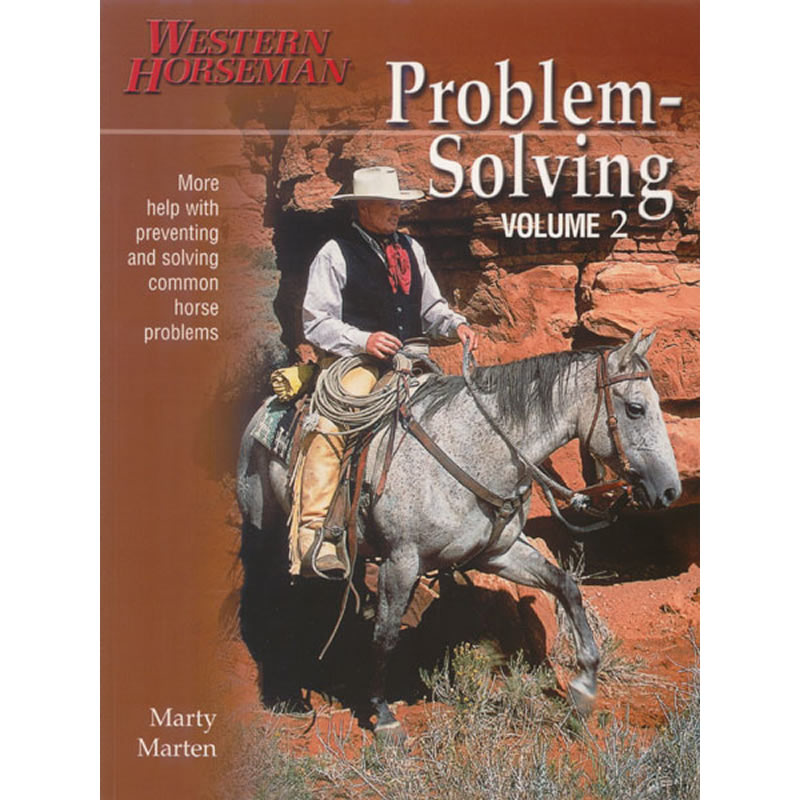



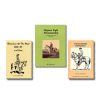
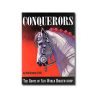
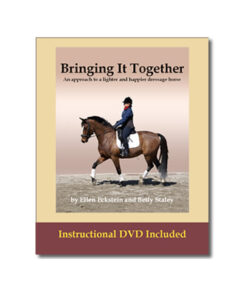
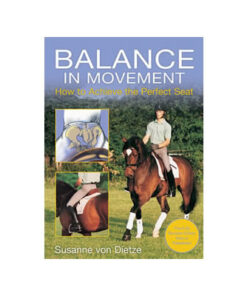
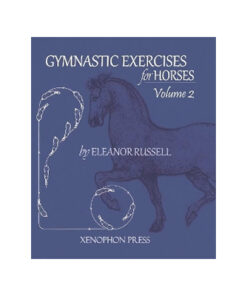
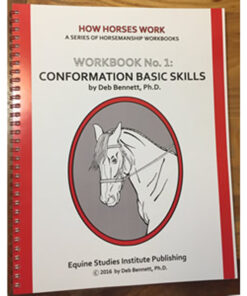
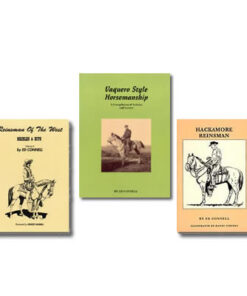
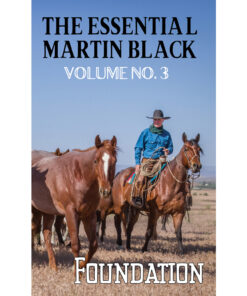

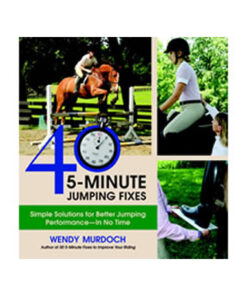
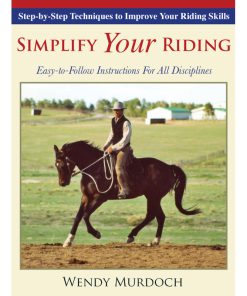
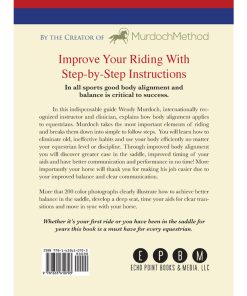

sherrymcombs54 (verified owner) –
Marty Marten lays out all the information needed to start a colt and address ‘kinks ‘that come up. Lots of photos help to visualize his text. I’ve attended several Clinton Anderson walk about tours and the information in Problem Solving Volume 2 is very complimentary. After reading Volume 2 I decided to buy Volume 1. Both are well worth the read.
kristina.graham.10 –
Marty Marten is my favorite clinician, and I’ve never met him except through his books. If you are a beginner at vaquero/californio style horsemanship (think Buck Brannaman), this book and Problem Solving 1 will describe all of the basic exercises you would learn at a Foundation clinic. But you don’t need to be a vaquero to use this book. The exercises will work for anyone who’s willing to spend time with his/her horse. I bought Problem Solving 2 just because I loved Problem Solving 1. Now that I have a new horse who’s still pretty green, I appreciate the instructions on bridling, saddling, mounting and herd bound issues, all of which have helped my horse become more focused and easier to handle. Marty Marten explains exercises in a way that is easy to understand for the novice, but which also provides little insights as a person gets farther along in his/her horsemanship experience. I read the Chapters in these books again and again, and they are my first resource for studying horsemanship exercises and issues. But what really makes Marten’s books my favorites is his positive attitude, which shines behind all of the steps, instructions and explanations he provides. In Marten’s mind, things can only get better. To paraphrase the man himself, if you’re patient, consistent, and working with a smile, overcoming your problems can be enjoyable and rewarding. It will carry over into other aspects of horsemanship, and create a stronger bond between you and your horse.